Economics Assignment: The Impact of Elasticity on Tax Burden Analysis
VerifiedAdded on 2022/09/28
|6
|683
|20
Homework Assignment
AI Summary
This economics assignment delves into the relationship between elasticity and tax burden, examining how the flexibility of supply and demand influences the distribution of tax costs between consumers and producers. The assignment analyzes two scenarios: one with inelastic demand and elastic supply, and another with elastic demand and inelastic supply. In the first scenario, the burden of the tax falls more heavily on buyers due to their limited ability to adjust demand. The second scenario reveals that sellers bear a greater share of the tax burden when demand is elastic. The assignment utilizes graphical representations to illustrate these concepts, including shifts in supply curves and changes in consumer and producer surplus, offering a comprehensive analysis of how market dynamics affect tax incidence, supported by references to established economic literature.
1 out of 6
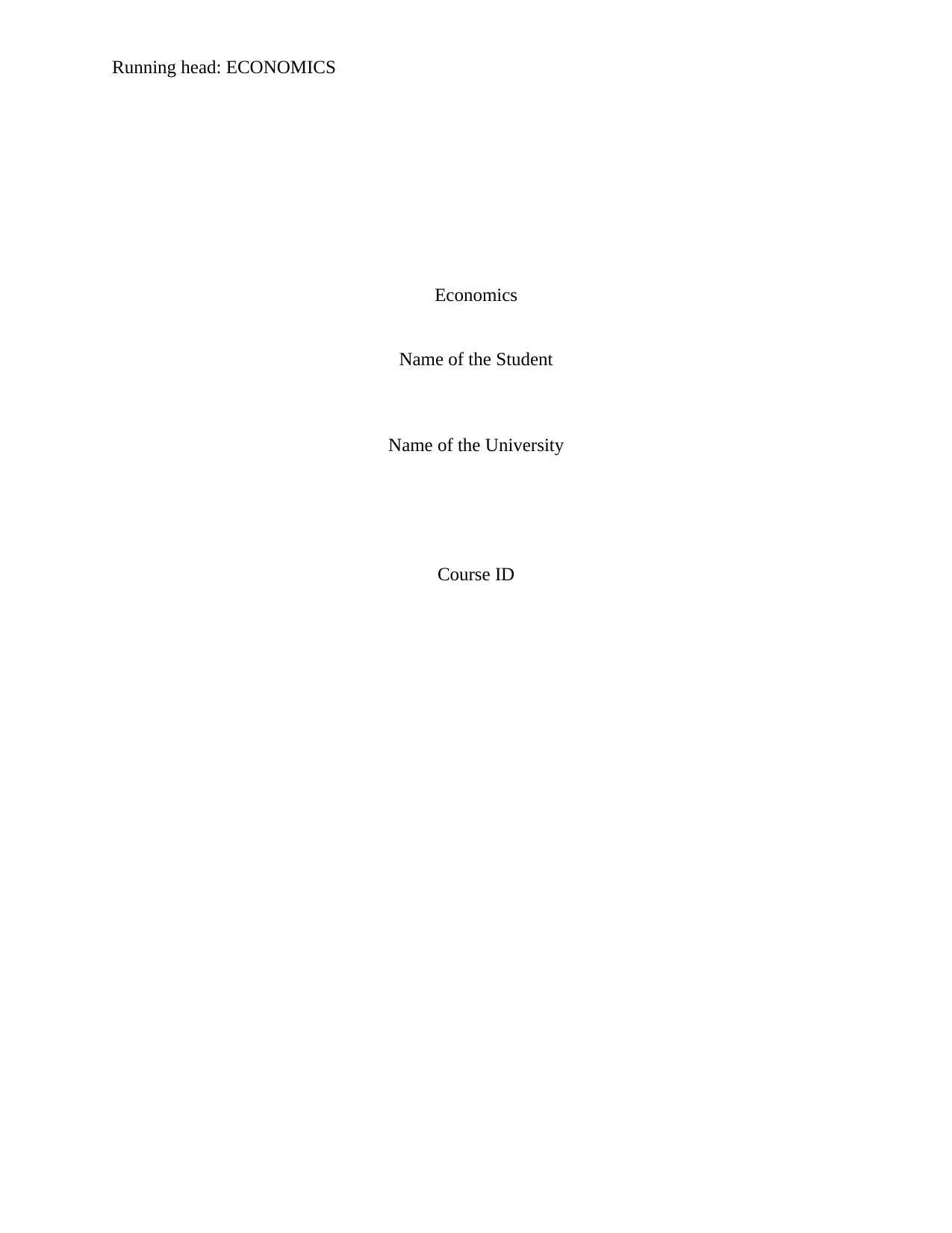
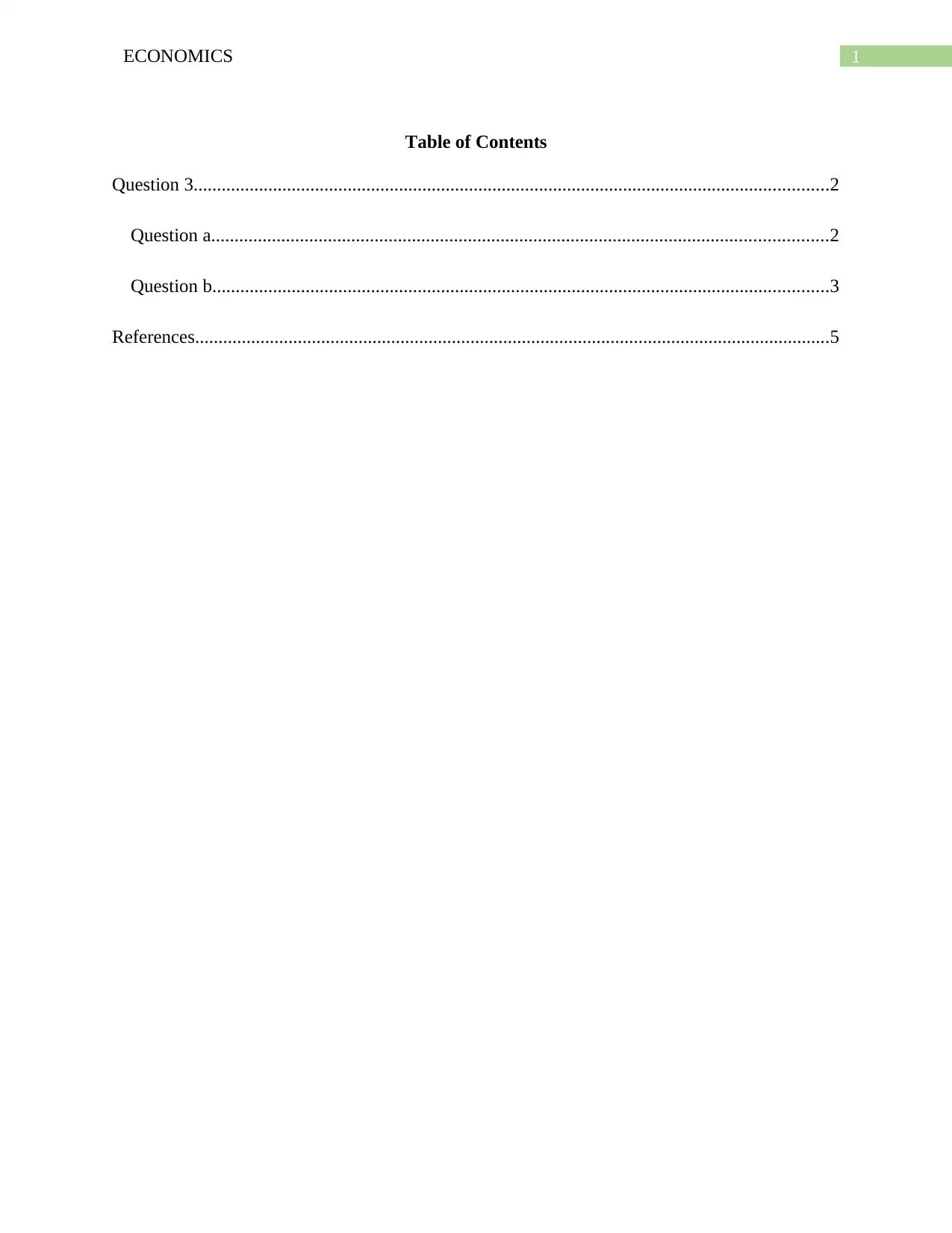
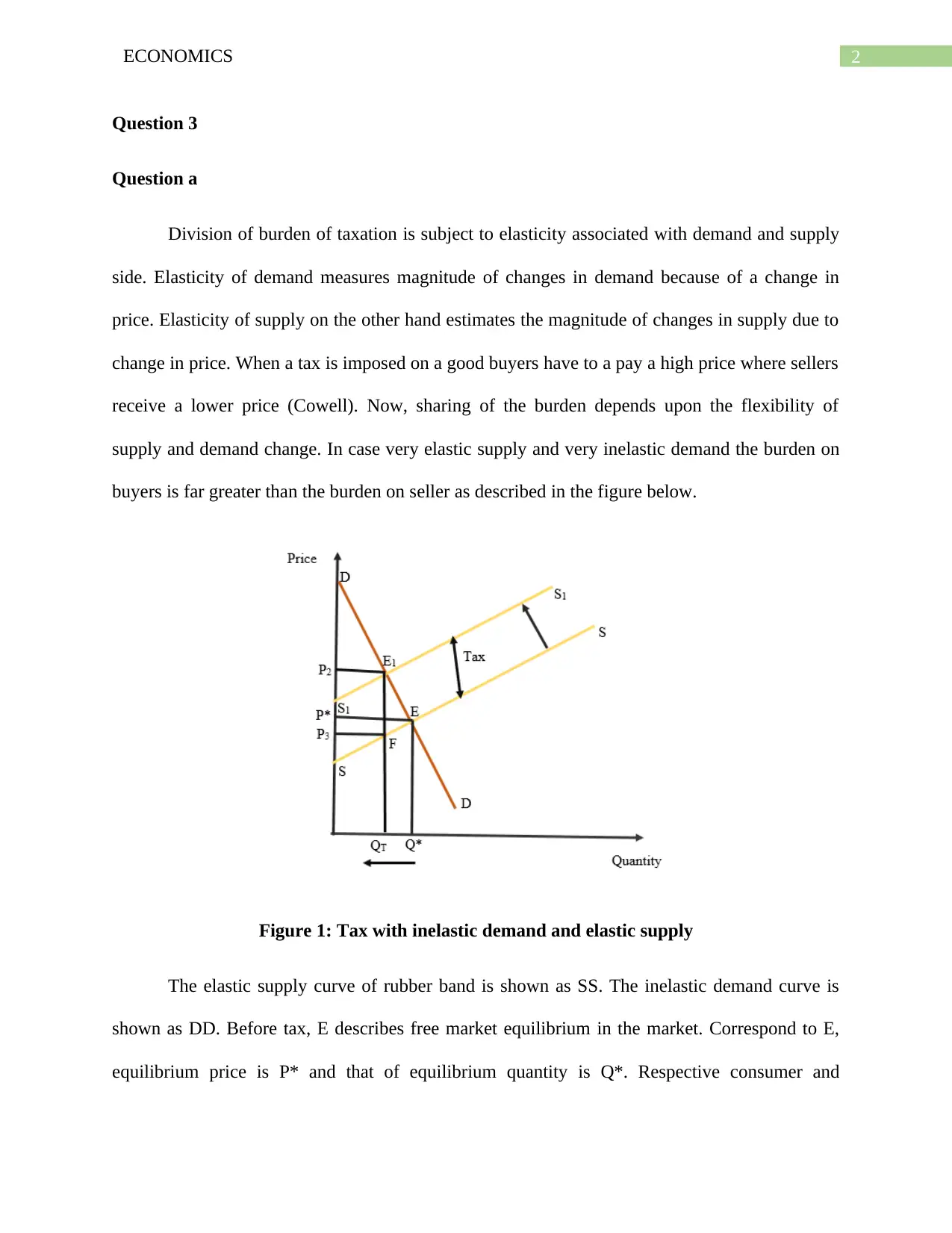

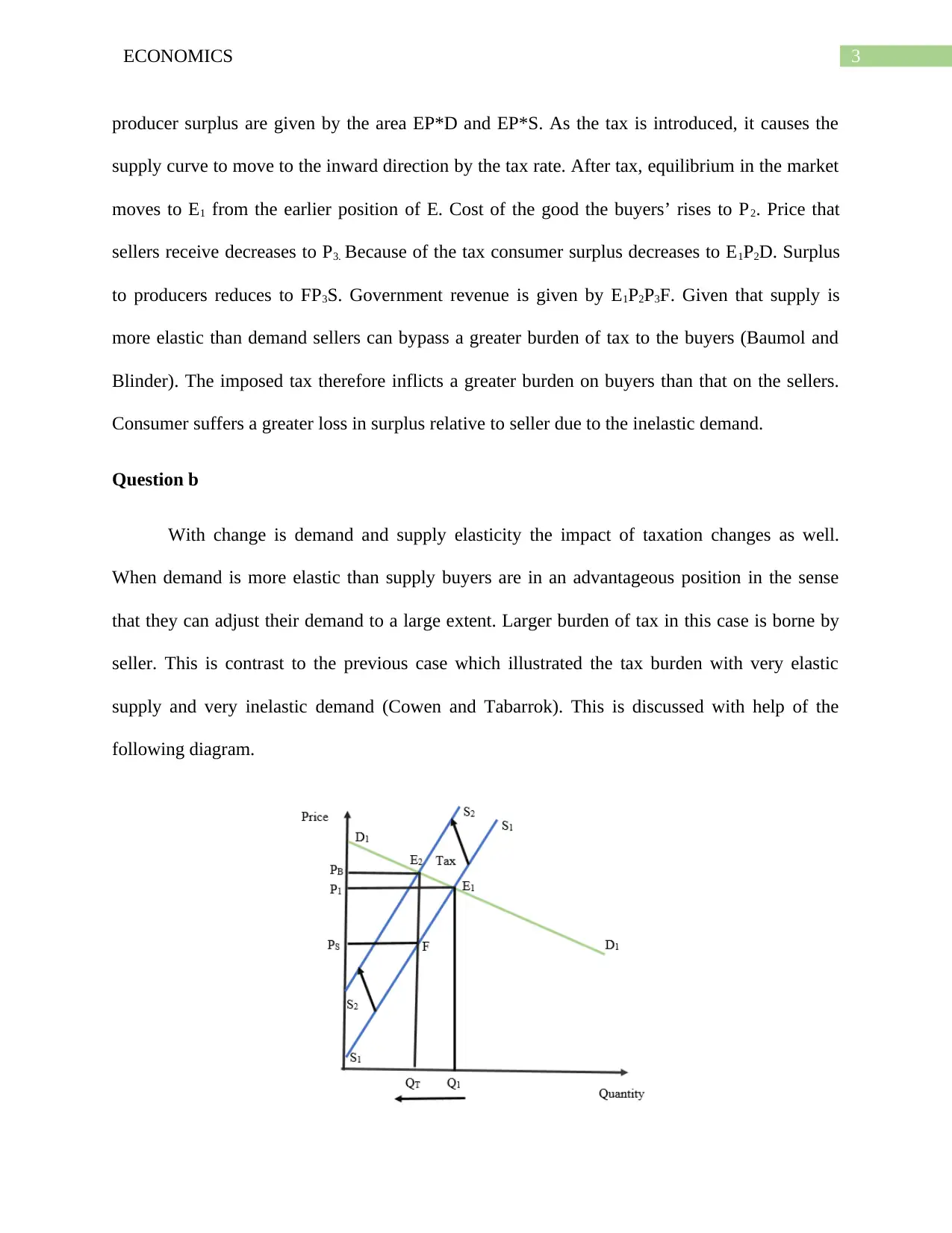
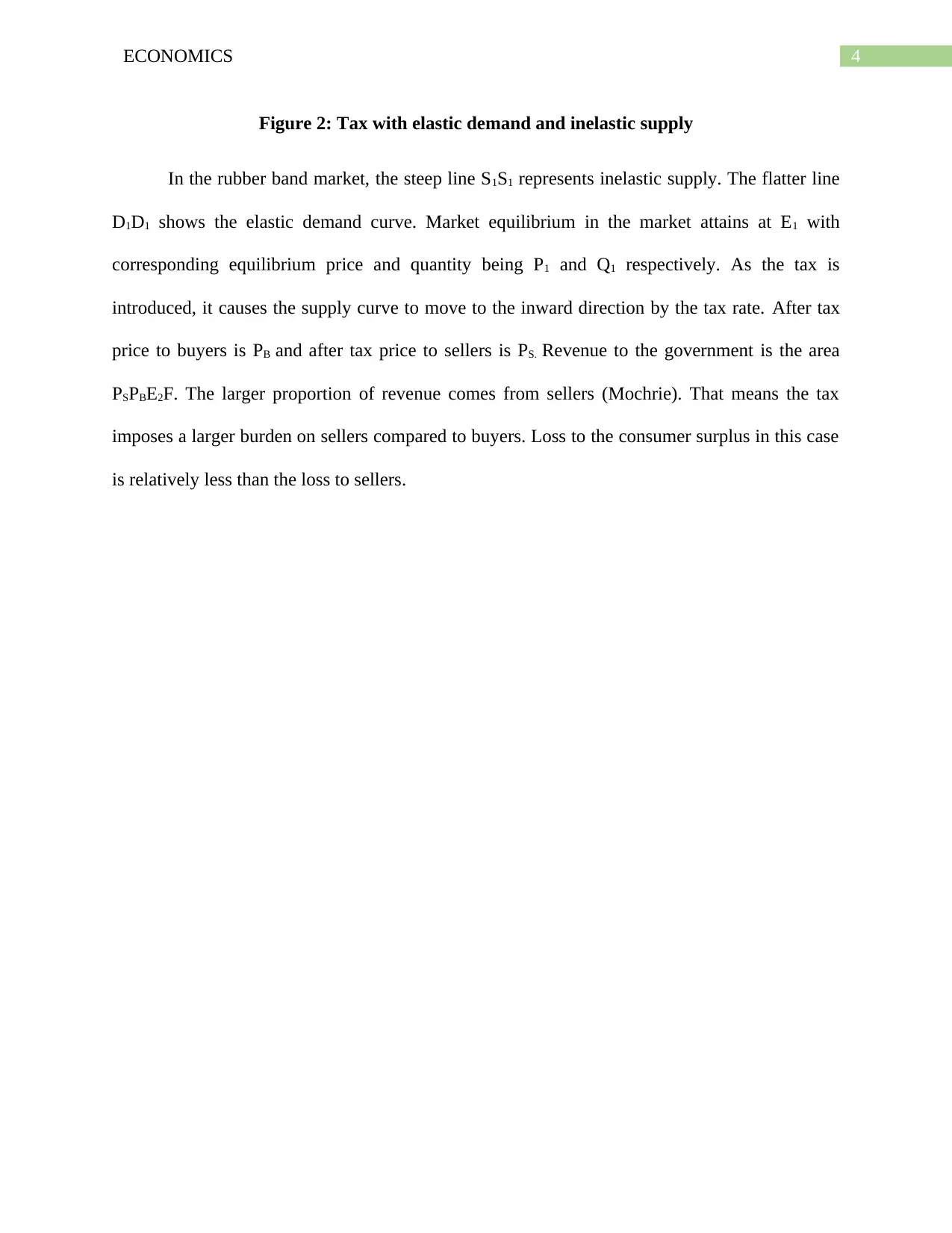
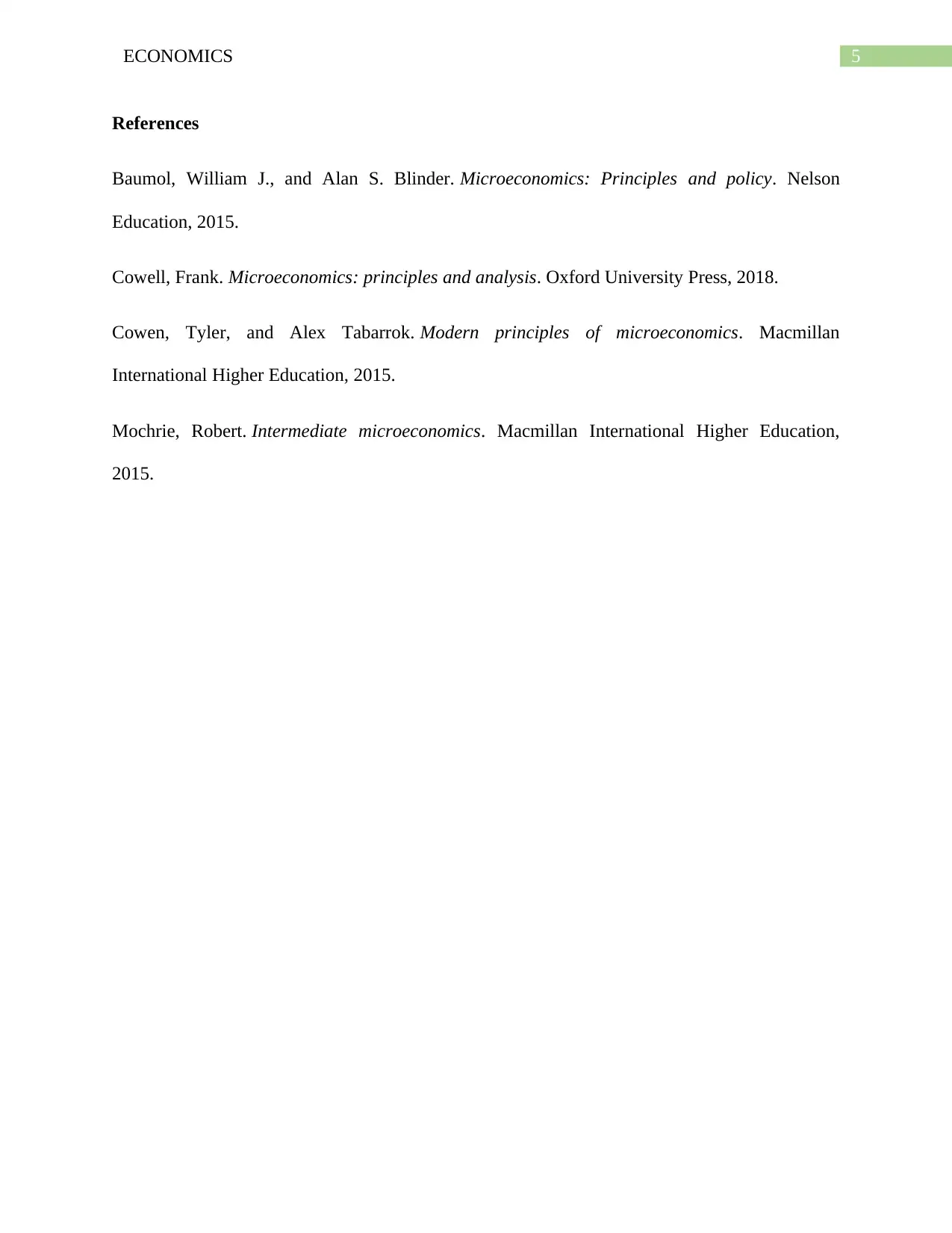





![[object Object]](/_next/static/media/star-bottom.7253800d.svg)